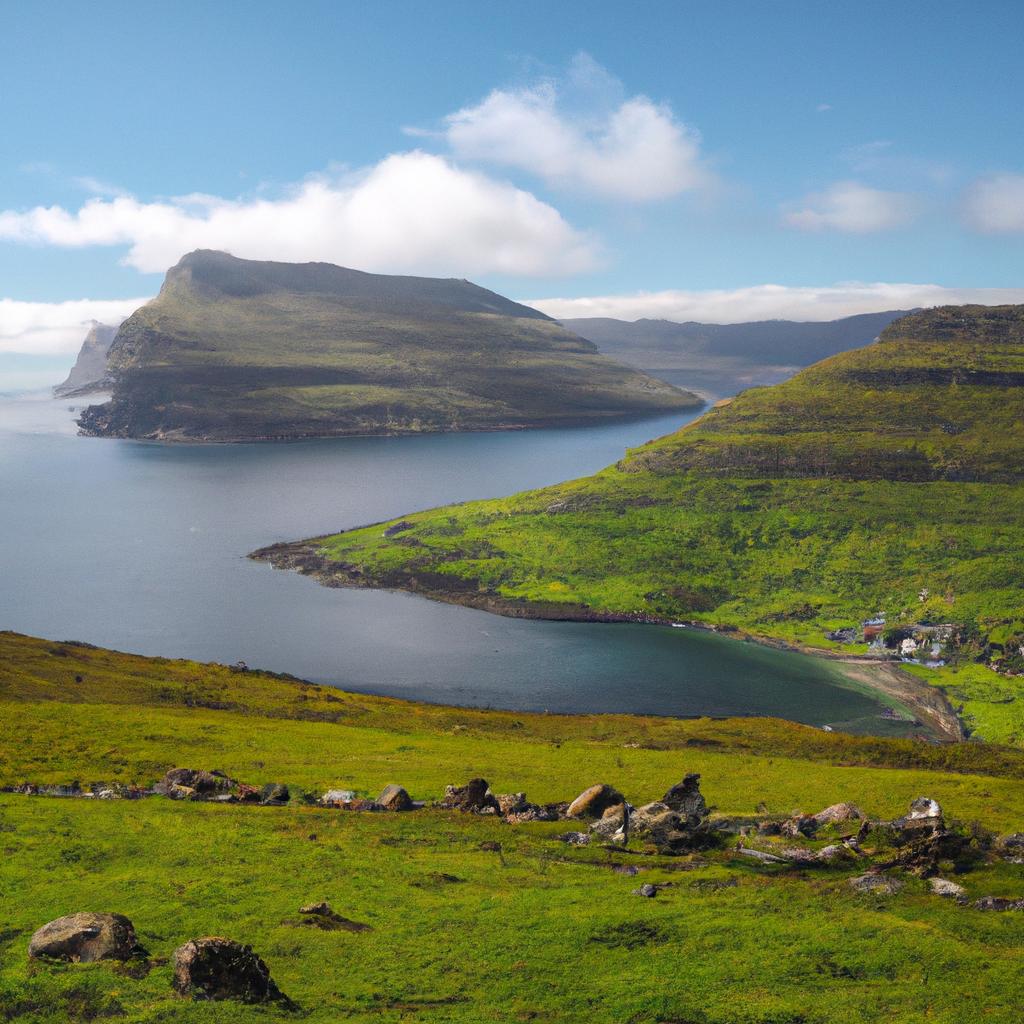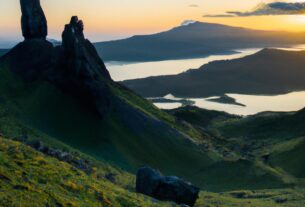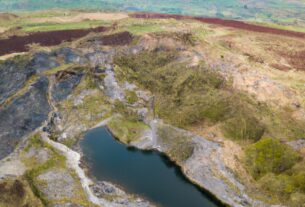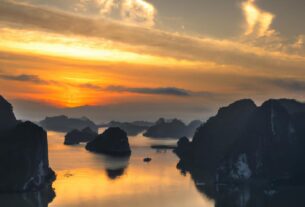Nestled amidst the vast expanse of the North Atlantic Ocean, between Norway and Iceland, lies a remote archipelago of 18 islands known as the Faroe Islands. As part of the Kingdom of Denmark, this autonomous country possesses its own language, culture, and government. With a population of just over 50,000, the Faroe Islands remain untouched by mass tourism, making it a hidden gem that offers stunning landscapes, a unique culture, and friendly locals.
Geography and Climate of the Faroe Islands
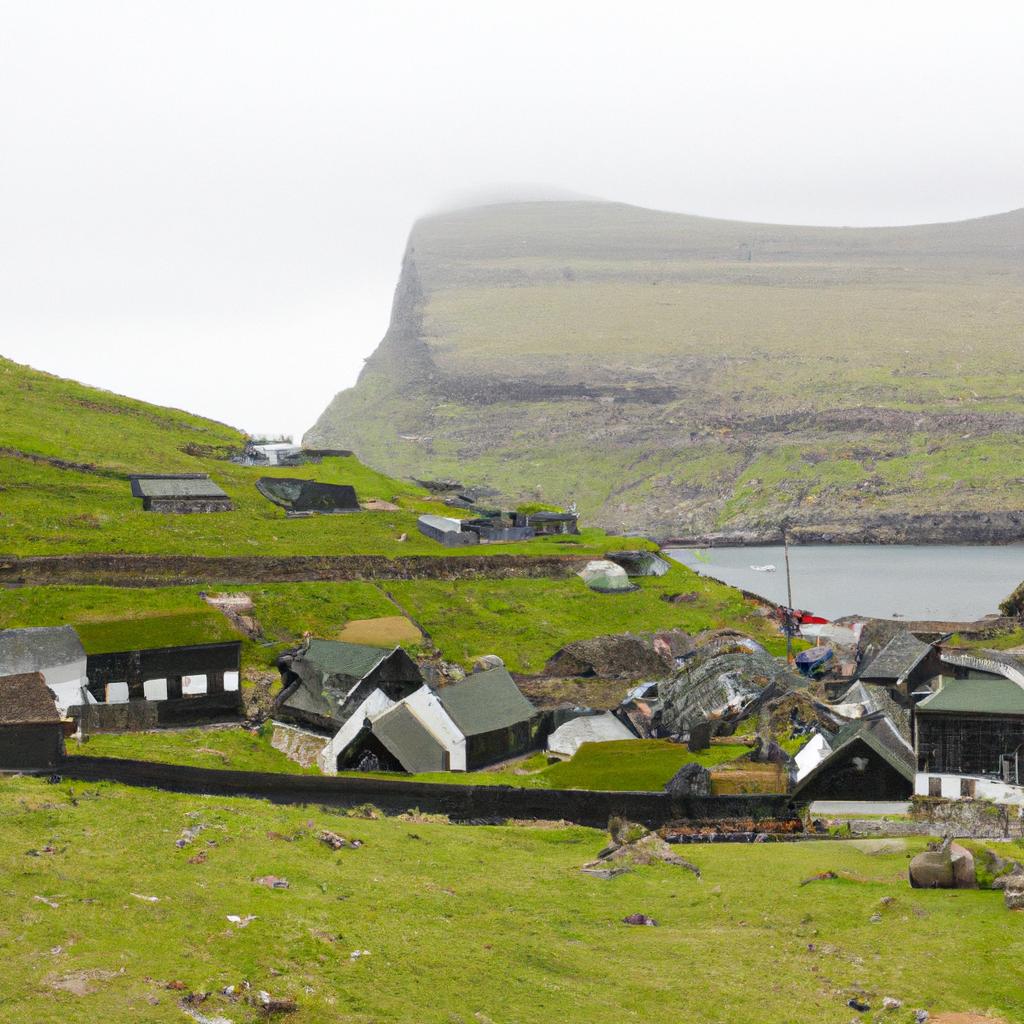
The Faroe Islands are situated approximately halfway between Norway and Iceland and can only be accessed by air or sea. The islands boast steep cliffs, rugged mountains, and deep fjords, creating a breathtaking landscape. Slættaratindur, standing at 880 meters above sea level, proudly serves as the highest point in the Faroe Islands.
The climate in the Faroe Islands is oceanic, characterized by mild winters and cool summers. Due to its location in the North Atlantic, the weather here can be unpredictable, often featuring rain, fog, and wind. Nevertheless, this ever-changing weather adds to the islands’ charm, producing a unique atmosphere and awe-inspiring vistas.
The Faroe Islands are renowned for their incredible wildlife, with diverse species of seabirds, whales, dolphins, and seals inhabiting their surrounding waters. The rugged terrain and natural beauty of these islands make them an ideal destination for nature lovers and outdoor enthusiasts.
History and Culture of the Faroe Islands
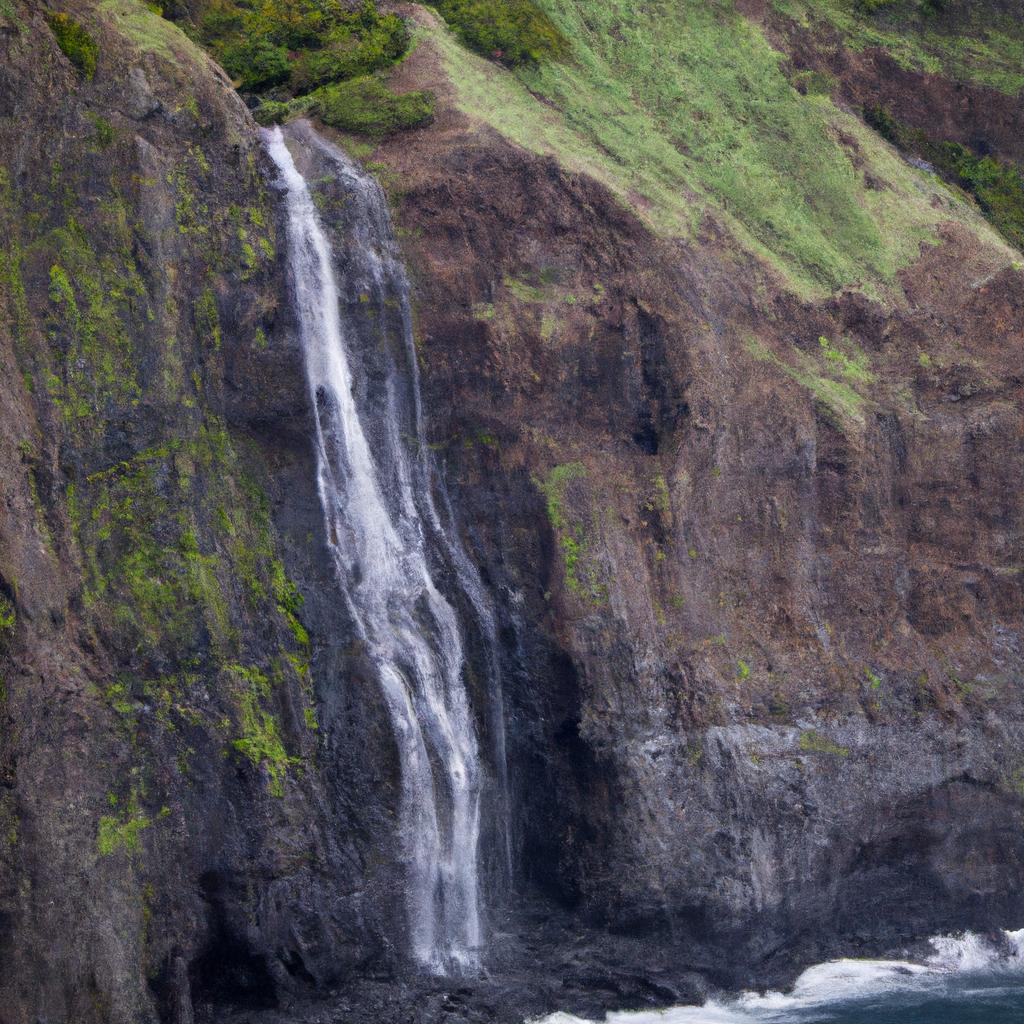
The Faroe Islands possess a rich history and a unique culture. Initially settled by Irish monks in the 6th century, the islands were later inhabited by Norse Vikings in the 9th century. Throughout history, various Nordic countries, including Norway, Denmark, and Sweden, ruled over the Faroe Islands. Finally, in 1948, the Faroe Islands gained autonomy from Denmark, allowing them to develop their own flag, language, and government.
The Faroese people hold a strong sense of identity and pride in their culture. The official language, Faroese, closely relates to Old Norse and Icelandic. Traditional Faroese cuisine, which includes fermented lamb and fish dishes, stands as a testament to their culinary heritage. The islands’ music and literature also highlight their unique cultural offerings, with cherished traditional songs and stories passed down through generations.
Tourism in the Faroe Islands
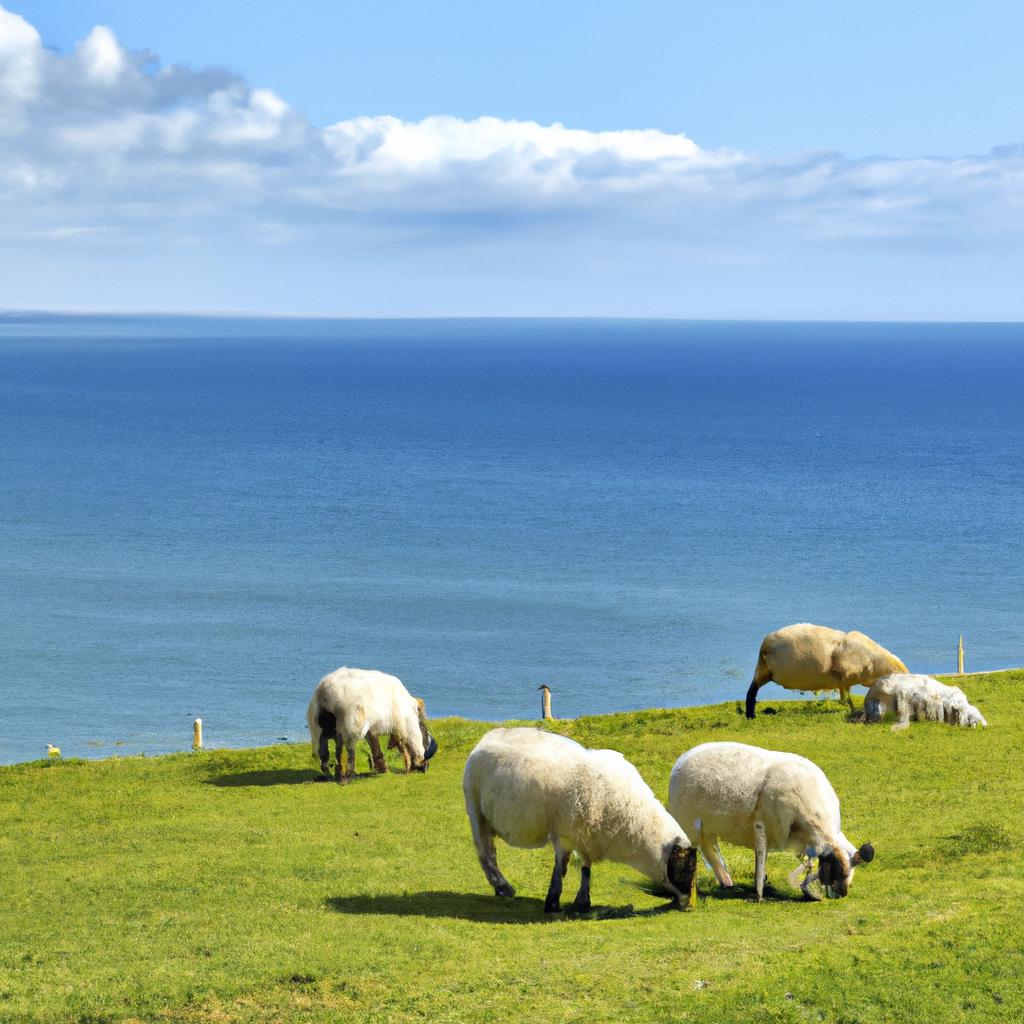
Despite its remote location, the Faroe Islands are gradually gaining popularity as a tourist destination. The untouched landscapes, friendly locals, and distinctive culture attract visitors from all corners of the globe. The Faroe Islands offer a wide range of activities for tourists, including hiking, bird-watching, fishing, and kayaking.
One of the most sought-after attractions in the Faroe Islands is the charming village of Gásadalur, located on the west coast of Vágar Island. This village features a captivating waterfall that cascades onto the beach below, creating a breathtaking scene. Other must-see attractions include the Tindhólmur islet, the Sørvágsvatn Lake, and the historic Kirkjubøur village.
Although the Faroe Islands’ tourism industry is still in its infancy, with limited hotels and restaurants, the local government is actively working to promote sustainable tourism and preserve the islands’ natural beauty. Visitors to the Faroe Islands can expect a unique and authentic experience, where friendly locals and stunning scenery converge.
Economy of the Faroe Islands
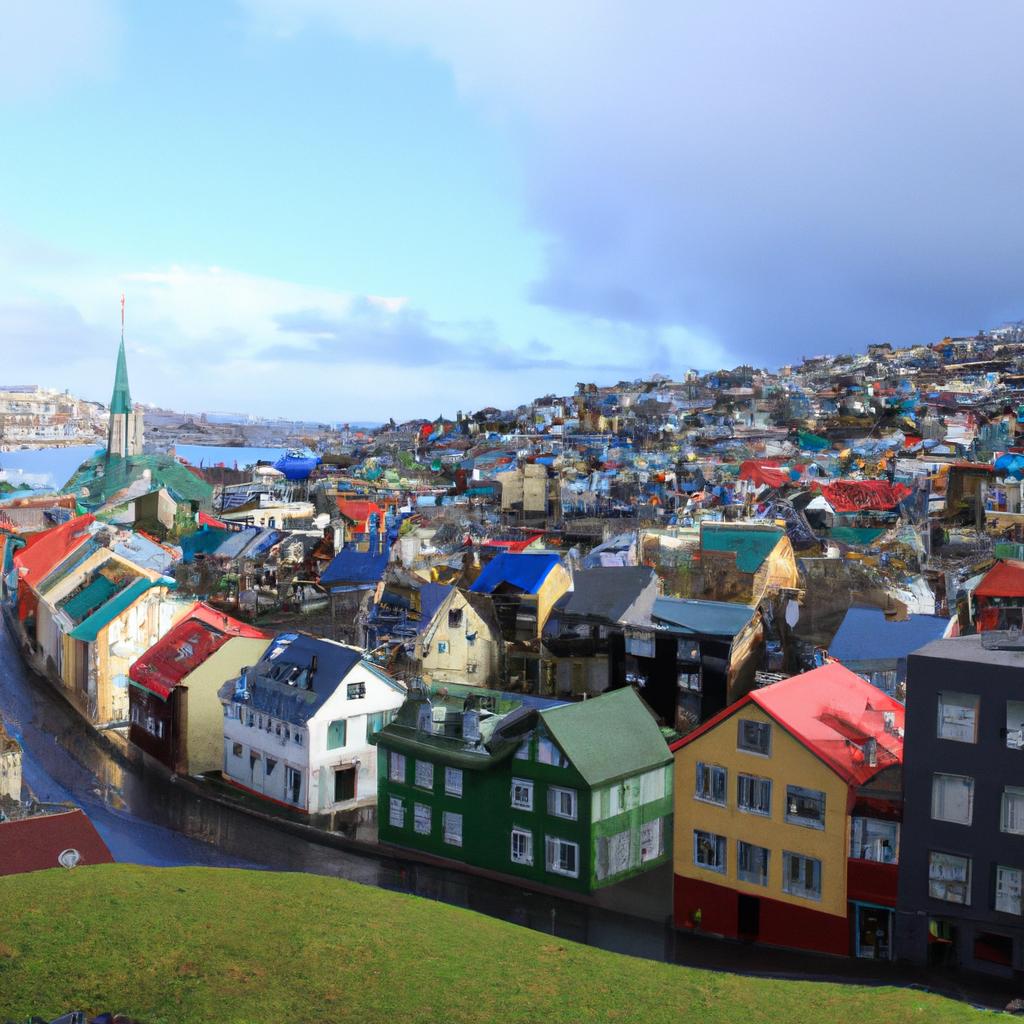
The Faroe Islands boast a small yet thriving economy, with fishing serving as the primary industry. The surrounding waters of the islands are abundant in fish and seafood, renowned for their high-quality salmon, cod, and herring. Additionally, tourism, renewable energy, and creative industries contribute to the economic development of the Faroe Islands.
To reduce their reliance on fossil fuels, the Faroe Islands’ government has taken decisive steps toward developing sustainable industries. With a target of becoming carbon-neutral by 2030, the islands have made significant investments in wind and hydropower. Furthermore, the potential for utilizing tidal and wave energy is being explored.
Conclusion and Future of the Faroe Islands
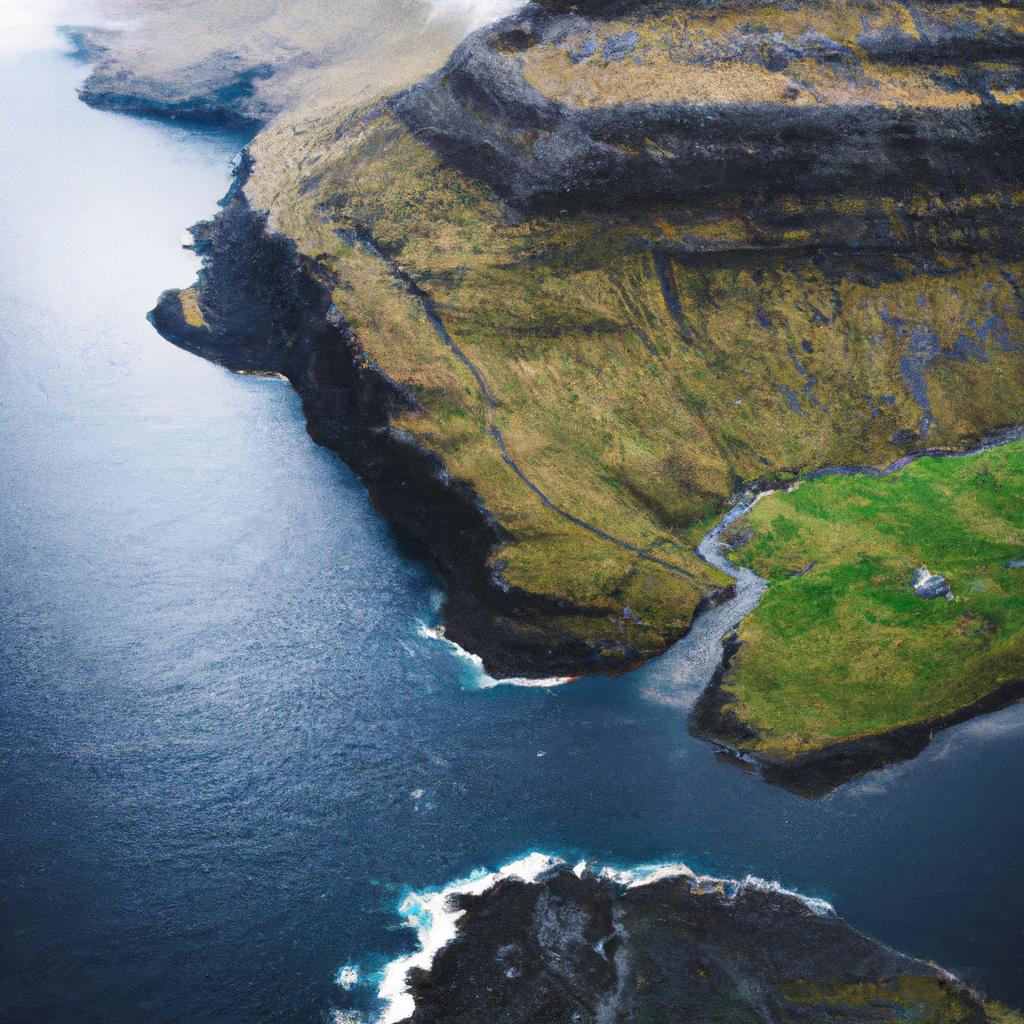
If you crave an off-the-beaten-path destination blessed with stunning landscapes, a unique culture, and friendly locals, the Faroe Islands should be at the top of your list. Despite its small size, this hidden gem offers a wealth of experiences, from invigorating hikes and vibrant birdwatching to immersing yourself in the local cuisine and culture.
Although the Faroe Islands’ economy may be small, the government’s commitment to sustainability and the development of new industries paints a promising future for the country. As the world grows increasingly aware of the importance of sustainability, the Faroe Islands’ focus on renewable energy and sustainable industries could position them as leaders in green technology.
In conclusion, the Faroe Islands stand as a hidden gem in the North Atlantic, offering a unique and unforgettable experience to those who venture here. TooLacks invites you to explore the Faroe Islands and discover all the beauty this captivating country has to offer.
